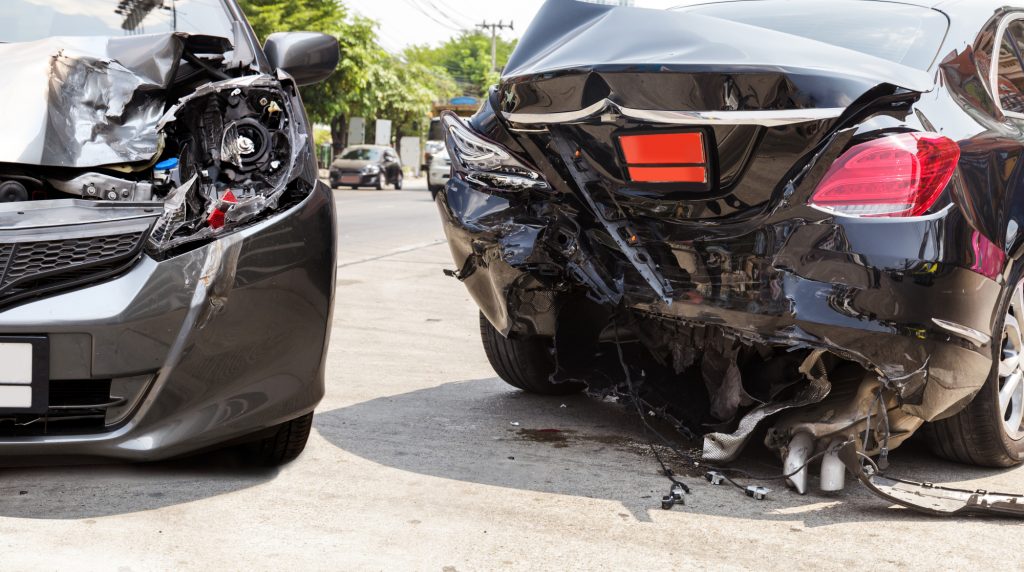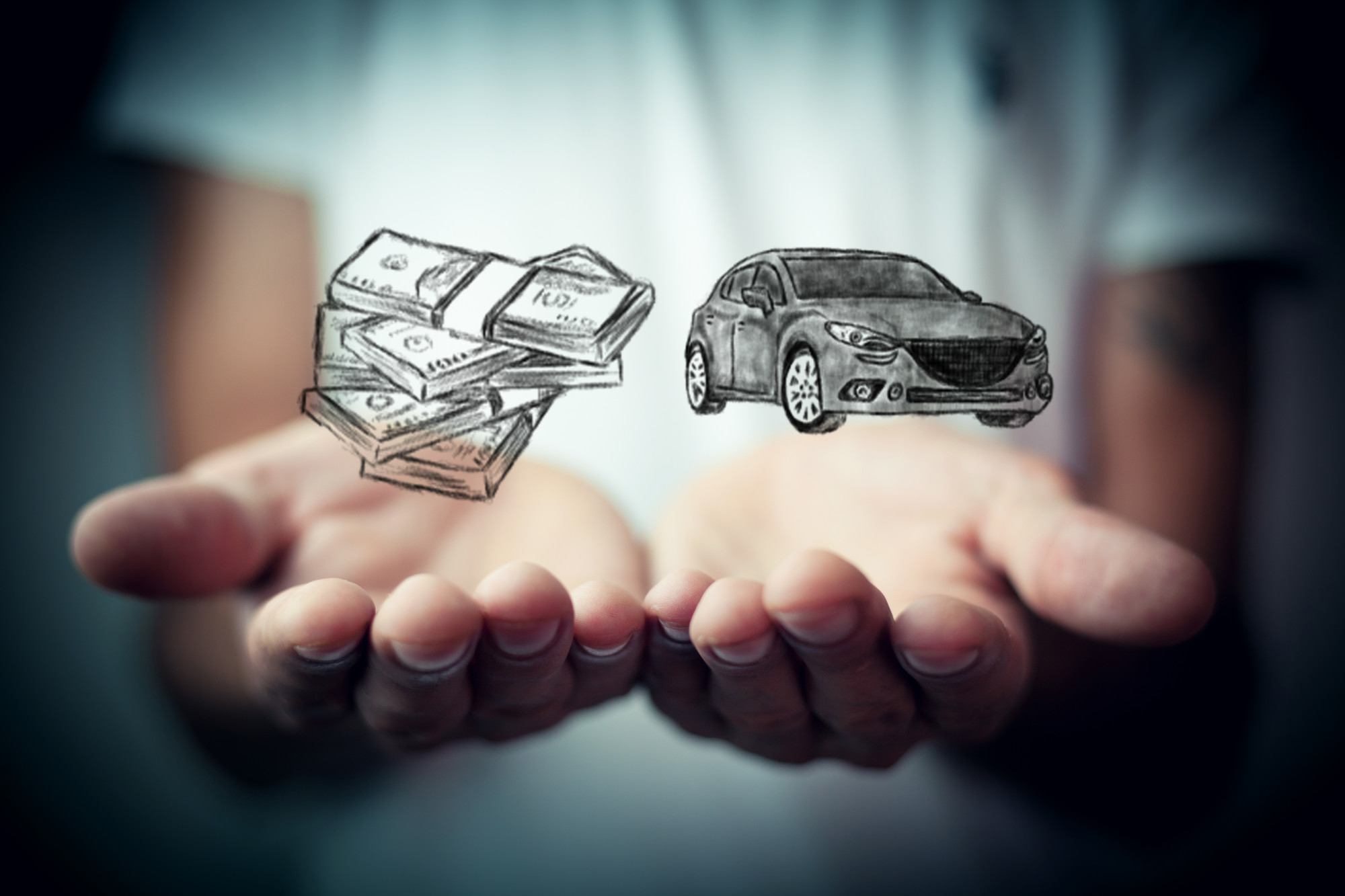
You make your way to the workplace, looking forward to checking off a slew of items on your to-do list. However, all of a sudden, you notice another car approaching on the roadway, and it doesn’t stop.
Then, boom. The car has hit your car.
Unfortunately, research shows that motor vehicle accidents remain a top cause of death in the United States.
If you want to avoid a car accident, it’s best to be aware of some of the most common auto crashes. Here’s a rundown on the top five most common auto crashes.
Let’s get started!
1. Rear-End Auto Crashes
This type of collision can easily take place if you follow behind another vehicle too closely and the car in front of you stops suddenly.
The good news is that a rear-end accident usually doesn’t cause too much automobile damage. However, these kinds of accidents are among the most frequently occurring types of auto crashes.
In addition, a rear-end collision can cause a wide variety of injuries. For instance, because this type of accident causes your head and neck to move violently, you may suffer damage to your soft tissue, also called a whiplash injury.
Whiplash can cause you to experience soreness and pain for more than one week or even more than one year.
Back injuries are also common following rear-end car crashes. And a head injury may also take place if the accident caused you to strike your head against the dashboard or steering wheel, for example.
2. T-Bone Collisions
This type of crash occurs at the intersection of two streets, where moving traffic crosses.
You can easily cause a T-bone accident if you run a stop sign/red light. It can also occur if you start to turn left and don’t yield to oncoming vehicles.
Unfortunately, these types of crashes can cause serious injuries. These possible injuries range from injury to your spinal cord, to a concussion.
The majority of T-bone accidents are the result of driver negligence. In light of this, it’s critical that you follow the rules of the road to avoid such crashes.
Of course, even if you exercise caution, that doesn’t mean your fellow drivers will. So, make sure that you take extra precautions when going through intersections. Also, be on the lookout for signs that other drivers are distracted behind the wheel.
If you do happen to get into an injury-causing car accident stemming from another driver’s carelessness, you need to take certain steps to protect your best interests. Here’s a rundown on what to do after a car accident.
3. Low-Speed Crashes
Low-speed crashes might not necessarily be the most destructive types of crashes, but they may still cause damage and injuries.
These crashes, also known as “fender benders,” take place when you’re driving less than 10 miles an hour. In addition, they occur in residential areas or parking lots, thus putting pedestrian lives at risk.
When you’re driving through neighborhoods or other areas where people are walking, it’s paramount that you always look out for pedestrians.
Also, don’t speed. Even when you’re moving at a low speed, a pedestrian accident can lead to serious injuries.
Note that low-speed collisions often happen when drivers are trying to back up. So, be extra cautious when reversing in an area featuring pedestrians.
4. Single-Car Wrecks
These types of collisions also happen frequently, especially when teenage drivers are involved.
Examples of single-car crashes include the following:
- Running off a roadway
- Slipping on an icy road and losing control of the vehicle
- Hitting a stationary object
As a general rule of thumb, if you over-correct a small error, this can easily cause a single-car crash. Another common cause of such accidents includes hitting the brake too hard.
One of the most effective ways to avoid a single-car collision is to avoid driving recklessly, which includes driving at dangerous speeds. That’s because driving too quickly makes it more difficult for you to react to obstacles in a safe way.
Also, be extra cautious when you’re facing inclement weather. This is important because rain, snow, and ice make controlling any automobile more difficult.
5. Clipping Other Motor Vehicles During Merging
You can also easily get into an accident if your car is trying to merge into traffic. This situation makes it easy for you to sideswipe another person.
Merging collisions often happen because the driver doing the merging did not check all of his or her blind spots. So, to avoid such crashes, be sure to always keep your eyes open for any cars around you before you change lanes.
Furthermore, do not speed, particularly in an area where other motorists commonly merge. By speeding, you might make it even more challenging for these other drivers to see you as they check their blind spots.
How We Can Help
In addition to highlighting the top five most common auto crashes, we offer a wide range of resources and advice for fixing a damaged car.
For instance, through our website, you can access handy DIY repair and service manuals for a number of vehicles.
In addition, we offer the latest motor vehicle news. In this way, you can discover the most frequently occurring car issues and access current technical bulletins issued by factories.
Explore our site today to learn more about how to take excellent care of your car so that it keeps you mobile for many more years to come.




